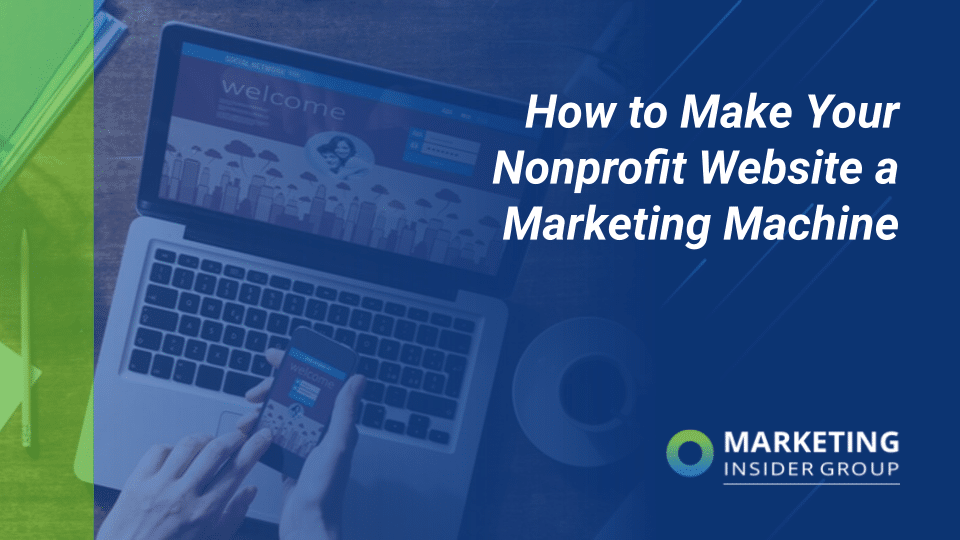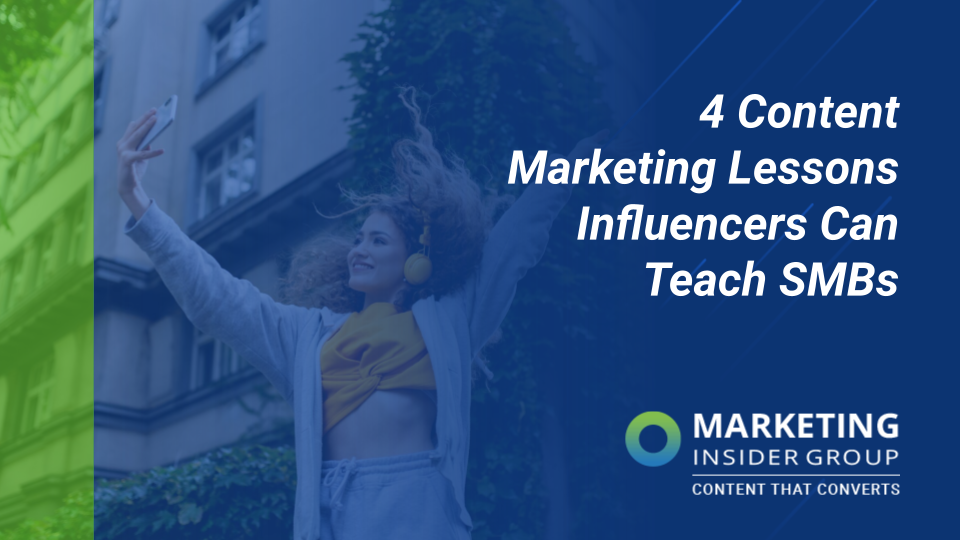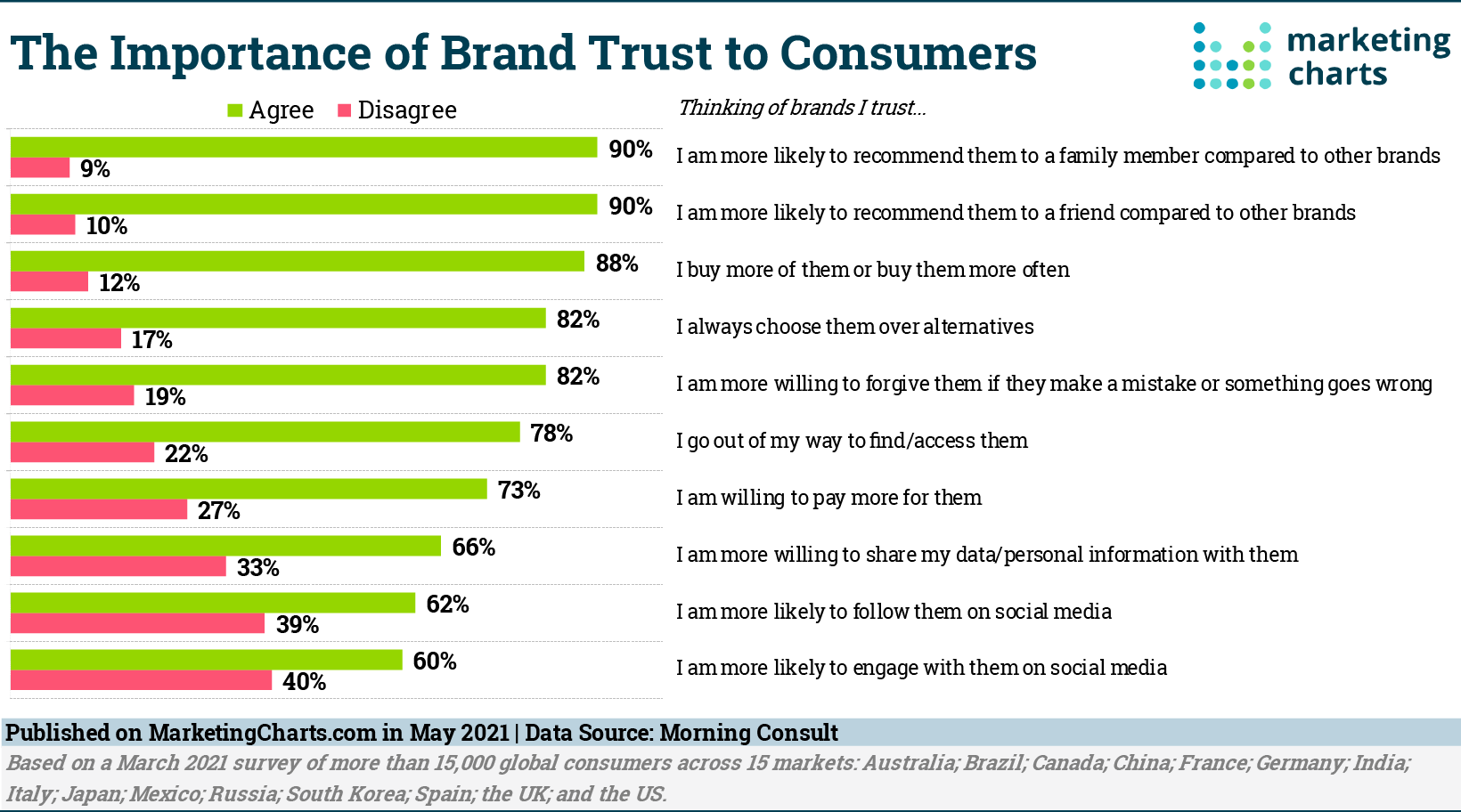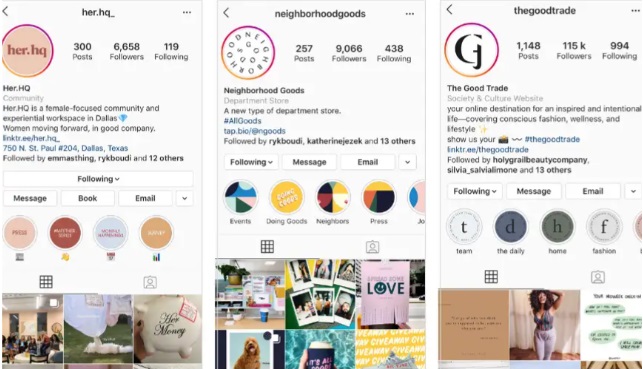
While their marketing tactics may differ slightly from those of for-profit businesses, marketing is just as crucial for nonprofits. Your nonprofit needs to employ a successful marketing strategy to acquire new supporters and drive donations for your cause.
Ultimately, your website is your nonprofit’s online information hub, making it a critical marketing resource. Your website hosts your donation page, important information about your organization’s mission, and other essential resources to bolster your marketing efforts. To align your website with your marketing efforts, follow these branding, content marketing, and graphic design best practices:
- Create a nonprofit marketing plan for your website.
- Develop and employ consistent branding.
- Design your website intentionally.
- Leverage engagement data.
Let’s explore how to leverage your website as a powerful marketing tool.
Create a nonprofit marketing plan for your website.
Before you begin updating your website with these best practices in mind, plan your approach to your website marketing. Creating a marketing plan that defines your goals, target outcomes, and timeline to ensure you’re directing your efforts correctly to further your goals.
Ask the following questions while crafting your nonprofit marketing plan:
- What are our goals?
- Which KPIs are we monitoring?
- Which strategies make sense to achieve our goals?
- Do you want to focus on improvements that target new donors?
Tailor each of these tactics to your organization’s current priorities, and thoroughly explain your nonprofit’s website marketing vision. Refer back to this marketing plan throughout the process of updating your website, and use it to evaluate your success at the end of your campaign.
Develop and employ consistent branding.
The first step to optimizing your website is ensuring that your nonprofit’s branding reflects your organization accurately. Develop a brand that communicates who you are to your audience and why your organization requires and deserves their support. Effective, recognizable branding cultivates trust with your supporters and gives your website legitimacy. Plus, building brand recognition is crucial for making a name in your community.
To ensure that your brand is consistent, create a set of brand guidelines that outline your organization’s approach to each of these branding aspects:
- Logo. Design a logo that audiences will naturally associate with your organization’s cause. In your brand guidelines, provide guidance on appropriate usage, placement, and sizing of your logo. Also, include multiple iterations of your logo for different uses. For instance, your logo might look different on a letterhead than on a t-shirt.
- Visual identity. Your organization’s visual identity includes the colors, font, and graphic design style that you use. All images, text, and visuals on your website should align with the visual identity you develop. Include specific visual design elements your materials should include, such as hex codes and fonts.
- Voice. Outline the tone you use in marketing materials and the language you use to discuss your cause. These are important aspects of your organization’s messaging that determine how you come across to supporters in your communications. Ensure you outline exactly which terms you prefer and which your staff should avoid.
Branding must be consistent across all of your digital marketing channels and traditional marketing materials, like flyers and direct mail. Any time you implement a change, update your brand guidelines and your content across platforms.
Design your website intentionally.
Once you’ve developed your branding strategy, assess the visual design elements of your website. These include images, text, graphics, videos, and negative space on the page. Used correctly, these elements can transform a static website into a dynamic marketing resource.
To optimize your website, ensure that each design element is:
- Accessible and intuitive for every user. To make your website more accessible, provide descriptive alt text for images and check your pages’ loading speed using the Google Lighthouse tool. To speed up the page’s loading time, compress large images and videos. Also, make sure your website isn’t confusing to navigate, especially your donation page.
- Useful to your supporters. Use design to tell your story and illustrate important ideas related to your cause. For example, create infographics or educational blog posts. Ensure that each and every element of your website is geared toward your supporters and created with their interests in mind.
- Optimized for mobile devices. Social media and email marketing campaigns drive mobile traffic to your website. In fact, over half of all website traffic comes from mobile users. For this reason, everything on your website needs to function and appear correctly on mobile devices.
- Balanced with other design aspects on the page. Too many visuals can be overwhelming for users. Especially on pages like your donation page, be careful not to let visuals distract them from making the donation. Balance blocks of text with images and negative space to achieve a polished and professional look.
Your graphic design elements should lead users to take action, such as donating or signing up to volunteer. For example, create visually engaging calls-to-action that link users directly to your donation page. If your website’s design is outdated or your CMS doesn’t have the necessary features, it’s time to redesign your website.
Leverage engagement data.
Lastly, use website engagement data to help you prioritize which elements of your website to improve. You can track engagement data through your CMS or by using an online tool like Google Analytics.
If you want additional help interpreting your data and have room in your budget, consider working with a marketing agency that specializes in nonprofits to get strategies tailored to the nonprofit sector. Nonprofit marketing agencies will work with you to develop a comprehensive outreach strategy informed by data analytics. They can also help you determine KPIs, or key performance indicators, that align with your goals.
Then, use those metrics to guide future decision making. Engagement metrics to track include:
- Conversion rate. A conversion for your nonprofit could be a donation or another action that users take, such as signing up for your newsletter or registering for a fundraising event. Improve your conversion rate by developing more engaging CTAs or optimizing your donation page.
- Pageviews. This metric measures how many users are viewing specific pages on your website. Check the pageviews for your home page, donation page, campaign pages, or blog posts. If a specific page isn’t getting enough views, increase promotion or links to that page in your other marketing materials.
- Bounce rate. Bounce rate is the rate of users that only look at one page on your website before leaving. If you have a high bounce rate, consider why users are leaving. Check the design elements we mentioned earlier, as it could be an accessibility issue. Or, a high bounce rate could mean your content isn’t engaging the right audience.
Data can do more for your nonprofit than just help you improve your website. With strategic data collection, you can determine donor preferences and create more targeted marketing campaigns.
With these strategies, you’ll create a website that promotes your organization and cultivates better relationships with your supporters. Keep your audience’s interests at the heart of all decisions about your website, and you’ll drive donations and interest in your organization’s mission.
The post How to Make Your Nonprofit Website a Marketing Machine appeared first on Marketing Insider Group.
Did you miss our previous article…
https://www.sydneysocialmediaservices.com/?p=4551







 social media profile pages. ” width=”643″ height=”369″ />
social media profile pages. ” width=”643″ height=”369″ />